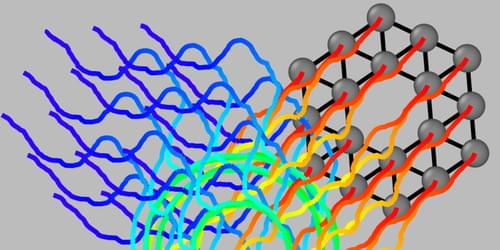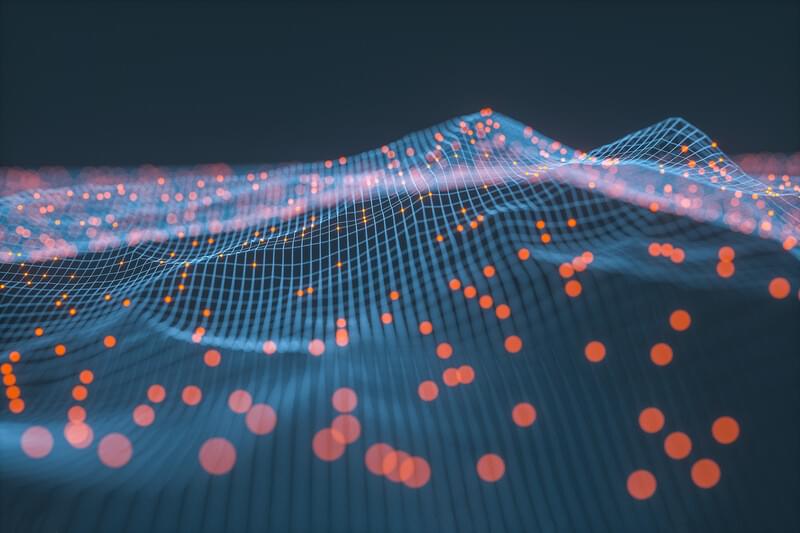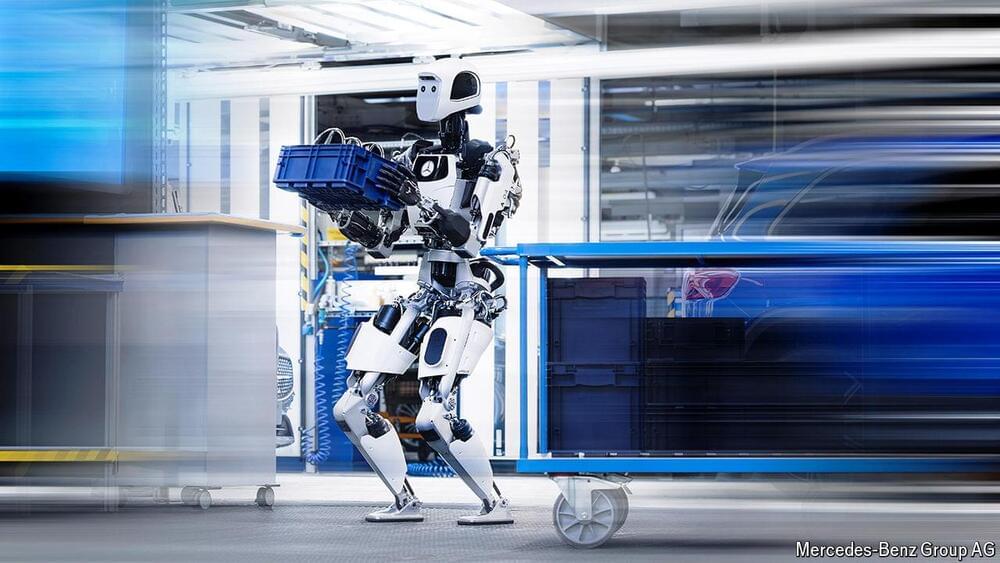Using artificial intelligence, scientists created the strongest iron-based superconducting magnet in the world. Read the article to learn more.
Category: robotics/AI – Page 593

Elon Musk plans ‘world’s most powerful’ supercomputer’ in Memphis
Memphis may get most powerful super computer yet.
Memphis, Tennessee, may host the world’s largest supercomputer, the “Gigafactory of Compute.”:
The Memphis Shelby County Economic Development Growth Engine (EDGE), Tennessee Valley Authority (TVA), and governing authorities hold the key to finalizing the project. If approved, it would be the largest investment in Memphis history.
According to Memphis Mayor Paul Young, the city boasts “an ideal site, ripe for investment,” coupled with a skilled workforce that can “keep up with the pace required to land this transformational project, the Business Insider reported.
The supercomputer itself is expected to be a technological marvel. It will be powered by 100,000 Nvidia’s H100 GPUs, currently some of the most sought-after chips in the AI industry, as reported by The Information.



Theory Predicts Collective States of Mobile Particles
Collections of mobile, interacting objects—flocks of birds, colonies of bacterial, or teams of robots—can sometimes behave like solid materials, executing organized rotations or gliding coherently in one direction. But why such systems display one kind of collective organization rather than another has remained unclear. Now researchers have developed a theory that can predict the pattern most likely to emerge under specific conditions [1]. The theory, they hope, may be of use in designing living and artificial materials that can autonomously adapt to their environment.
An “active material” is any system made up of interacting objects able to move under their own power, such as animals, cells, or robots. In so-called active solids, a subset of active materials, strong cohesion between neighboring elements makes the collective act somewhat like a solid. Examples include clusters of certain cell types and networks of robots with rigid connections.
Active solids can display several kinds of collective, organized motion, says Claudio Hernández-López, a PhD student at the École Normale Supérieure and Sorbonne University in France. For example, researchers have observed both coherent rotations and coherent translations in collections of microbes from the phylum Placozoa. Existing theories, however, fail to explain pattern selection—why, if several patterns are possible, does one pattern of behavior emerge rather than another?
AI plus gene editing promises to shift biotech into high gear
During her chemistry Nobel Prize lecture in 2018, Frances Arnold said, “Today we can for all practical purposes read, write and edit any sequence of DNA, but we cannot compose it.” That isn’t true anymore.


The U.S. added 600,000 new millionaires last year as AI fueled markets
The big question is whether the wealth boom of the past decade, initially fueled by low interest rates and liquidity, and more recently by Covid-19 pandemic stimulus and artificial intelligence, can continue. Global conflicts, elections, interest rates and a potential economic slowdown could all slow the pace of wealth creation, said Elias Ghanem, global head of the Capgemini Research Institute for Financial Services.
“The last 10 years were exceptional,” Ghanem said. “We now have inflation, a potential recession and geopolitical problems and elections. The environment is completely different.”
Indeed, globally, the wealth picture looks more mixed than in the U.S. The number of millionaires worldwide grew 5.1% last year, to 22.8 million, according to the report. Their combined fortunes grew to a record $86.8 trillion.

